Hybrid Reviews
Review: Srixon ZH45 Hybrids
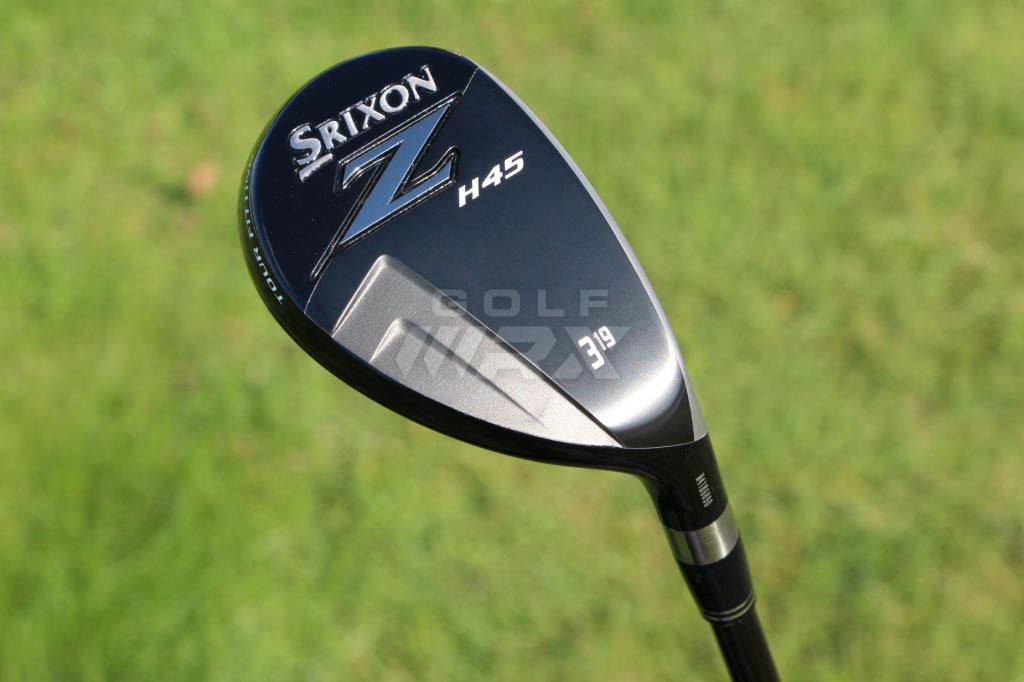
Pros: An awesome all-around performer. Top-tier ball speeds.
Cons: Not adjustable. Highest loft is 22 degrees.
Who’s it for: Most hybrid players, and those who don’t know that they are hybrid players yet.
The Review
There are going to be a ton of people who overlook this hybrid. Don’t be one of them.
Because of its calm exterior demeanor and lack of mass company recognition, this club in particular (and the entire Z Series, in general) is likely to kick it on the fringe new equipment discussions for a fair bit. That said, this might be the sleeper of the entire lineup.
For all the quantitative analysis we like to do and readers like to see, sometimes you have to give some credit to the “it” factor. Srixon’s ZH45 doesn’t have the adjustability golfers have gotten used to (there’s not any adjustability at all, actually) and the two stock shaft options — a 70-gram Mitsubishi KuroKage HBP and an 80-gram Kuro Kage Black — will leave gear heads wanting more. But if your bottom line is performance, this club has it.
To start, Srixon got the size of this hybrid right. It won’t be mistaken for a fairway wood, nor is it a mini hybrid that is often as hard to hit as they long iron it is supposed to replace. It’s right in the middle.

The ZH45 hybrid’s ball flight, on the other hand, is not so average. It launches on the high side, but spins on the low side — exactly what most golfers want when they upgrade this spot in their bag. And the ball speed is plentiful.
The styling of the ZH45 is decidedly JDM. The clean, obfuscated top line matches nicely with the full-face scoring lines and the dramatically plain glossy black head. The technology is well concealed and the sound/feel are best described as stable and substantial.
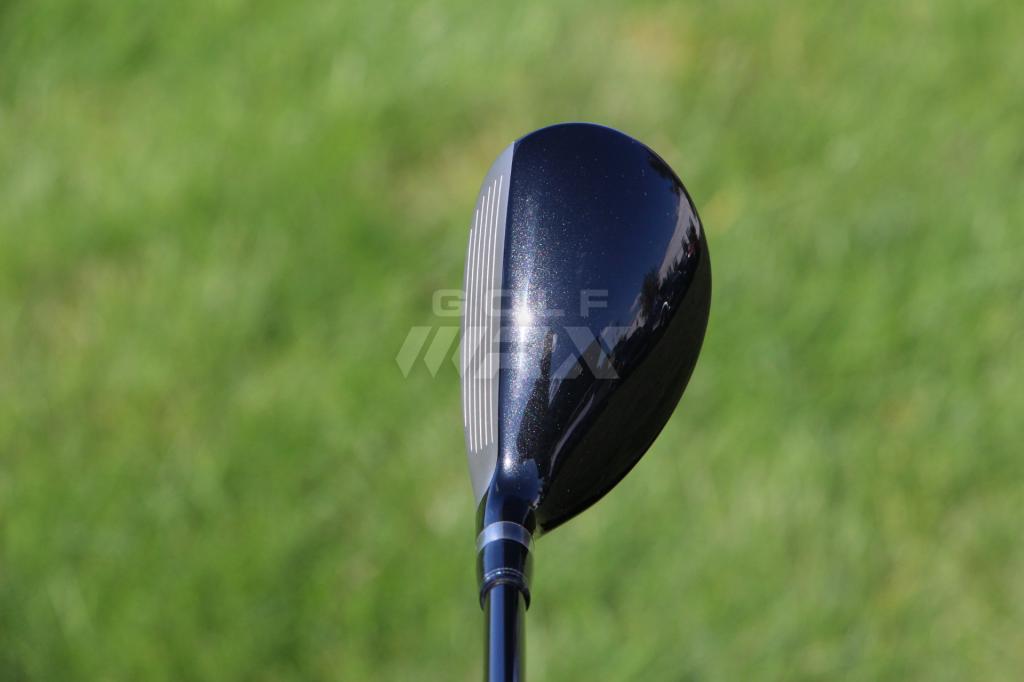
A 19-degree Srixon ZH45 at address.
The hybrids (MSRP $229.99) are available in three lofts: 16, 19 and 22. If you don’t like the look of fairway woods, or have had bad experiences with them, the 16-degree is a good one to try. But most golfers will want to take a few swings with the 19 and 22-degree models, which work wonderfully as 3-iron and 4-iron replacements.
As you’ll see in the data below, the ZH45 was as long, and actually a bit longer than my gamer in its off-the-rack specs. That said, hybrids aren’t entirely about distance. Their purpose is to fulfill a specific yardage requirement and offer the player an alternative to either a long iron or fairway wood. The ZH45 does both.
The Numbers
Srixon ZH45 (19 degrees with Kuro Kage HBP 70X)
- Average Ball Speed 148 MPH
- Average Swing Speed 101 MPH
- Average Backspin 4325 RPM
- Average Launch Angle 18 degrees
- Average Carry Distance (5000 ft.) 251 yards
TaylorMade RBS Stage 2 (19 degrees with Aldila ATX Tour Blue 85X)
- Average Ball Speed 147 MPH
- Average Swing Speed 100 MPH
- Average Backspin 4500 RPM
- Average Launch Angle 17 degrees
- Average Carry Distance (5000 ft.) 247 yards
The Takeaway
We wish they had some of the carry overs from the Z Series drivers and fairway woods — adjustable hosels to tweak and face angle, an adjustable sole weight to adjust swing weight — but those things can be overlooked when a company nails looks, sound and feel, as Srixon did here.
A lot of golfers I know seem to always be on a search for a club or two that will fill the gap between their shortest fairway wood and longest iron. Srixon’s ZH45 will be an unlikely candidate for those unfamiliar with the brand, but once they hit the ZH45 they could find themselves seeking out Srixon for their next purchase.
[wrx_buy_now oemlink=”http://srixon.com/clubs/h45-hybrid/” oemtext=”Buy it from Srixon” amazonlink=”http://www.amazon.com/gp/product/B00NRM0QH0/ref=as_li_qf_sp_asin_il_tl?ie=UTF8&camp=1789&creative=9325&creativeASIN=B00NRM0QH0&linkCode=as2&tag=golfwrxcom-20&linkId=Y5YKLFBEO3AMP5XZ”]
Related
- Our review of Srixon’s Z545 and Z745 drivers
- Our review of Srixon’s ZF45 fairway woods
- Our review of Srixon’s ZH45 hybrids
- LIKE62
- LEGIT5
- WOW2
- LOL1
- IDHT3
- FLOP2
- OB1
- SHANK4
Equipment
GolfWRX Spotlight: Tour Edge Exotics EXS Pro hybrid

Hybrids, for many of us, are one of the clubs that don’t get replaced very often. Once we find one that we can confidently hit in pressure situations, it stays in the bag for as long as possible.
I am exactly one of those players as my hybrid has been in the bag since 2015 and has the paint chips and embedded dirt to prove it. That club has been my crutch to lean on when I couldn’t hit anything else straight off the tee, needed to hit the green on a long par 3, or go for the green in two on a par 5.
I wasn’t really looking for a new one when the Exotics EXS Pro showed up at my door, but the shape grabbed my attention, and I had to give it a try.
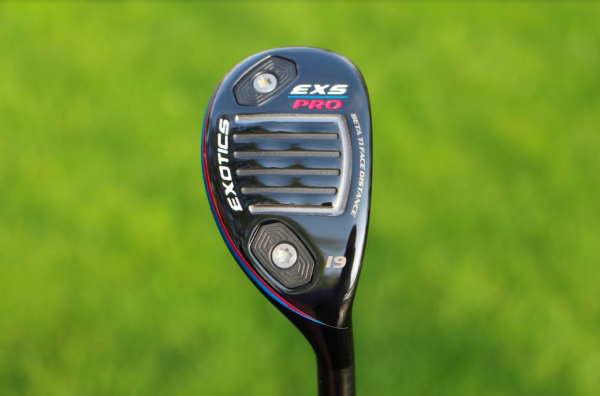
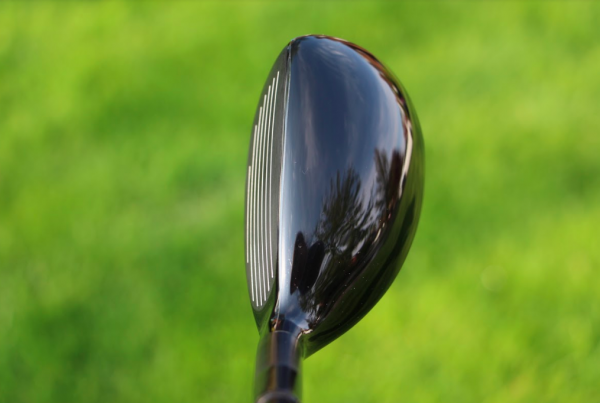
Tour Edge just announced the Exotics EXS Pro line of woods and they are “from the tour van” with tour-inspired shapes and performance. You can read the whole launch story we did HERE and also read about the new fairway woods.
The EXS Pro hybrid is smaller and has a deeper face than its EXS 220 sibling, giving it a look that better players look for. The shape is initially what got me, as it isn’t a tiny hybrid like we have seen with some other “tour” versions, but it isn’t too large either. The head is also a little more rounded overall, without a sharp toe or other lines. As I am one to hit my hybrid off the tee a good amount, the deep face was welcome—while it isn’t so deep that you can’t hit it off a tight fairway lie. The moveable weights in the sole allow you to adjust the head in order to make it an “anti-left” club that many better players fear.
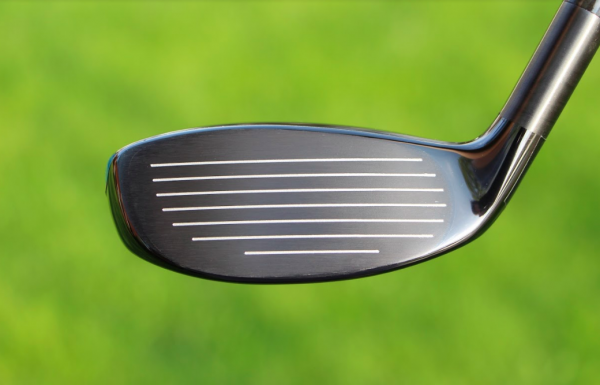
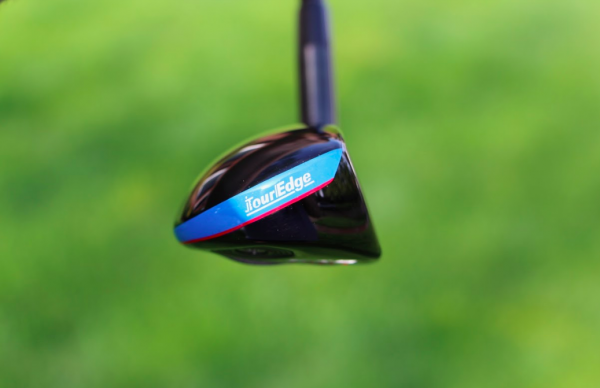
On the course, I really felt comfortable with the EXS Pro right away. The first shot came off the face feeling hot thanks to the Beta Ti Face that is brazed onto the stainless steel body. The ball speed is really fast and the shot shape was flatter than my previous hybrid setup. If you are a high ball hitter and have a hard time with hybrids, the EXS Pro should be on your shortlist of new ones to try. Better players are going to love being able to flight the ball for windy conditions. Distance is of course fantastic, but it is repeatable and consistent.
The EXS Pro is a little longer than my previous hybrid, but still fitting into the distance that I require. Tour Edge didn’t just make the club longer to add distance, the lofts are pretty standard as the 19-degree I have is only 40.25” long and has a lie angle of 57.25 degrees. Dialing in the EXS Pro should be no problem since they make six lofts between 16 to 22 degrees to fit your gapping needs.
Over the past two weeks, I have found that this EXS Pro does remove the left side of the course. Tour Edge claims it is an anti-left hybrid, and so far I have found that to be nothing short of the truth. Shots are slightly fade biased with the heavier weight in the toe, but you can still easily turn it over and hit it straight. Tight lies or fairly deep rough are no problem with the compact shape and Slipstream sole, making it versatile all over the course. I
like the deeper face for hitting if off the tee and shots where the ball is sitting up in the rough. That deep face just gives me a little more confidence that if I get a little steep with my swing I will still be able to save a decent shot.
My only real complaint is that the EXS Pro’s Slipstream sole collects some dirt, and you have to grab a tee to clean it out, but really nothing that should stop anyone from putting this in their bag.
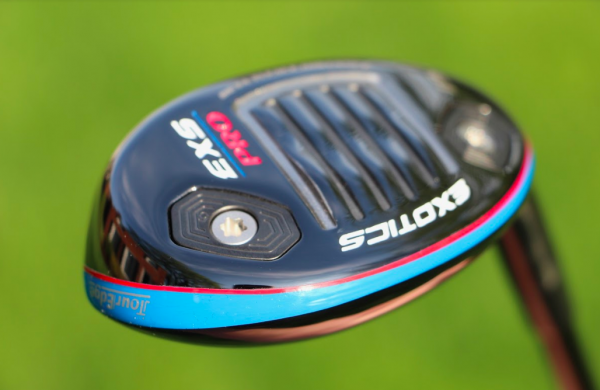
Overall The Tour Edge Exotics EXS Pro is an anti-left hybrid that is built for better players. What is might not have in total forgiveness it makes up for in lower launch, great distance, and its fade bias. If you have been struggling to find a hybrid to fit your game, the Tour Edge Exotics EXS Pro could be your answer.
- LIKE79
- LEGIT20
- WOW9
- LOL2
- IDHT1
- FLOP1
- OB4
- SHANK8
Hybrid Reviews
Review: Callaway XR and XR Pro Hybrids
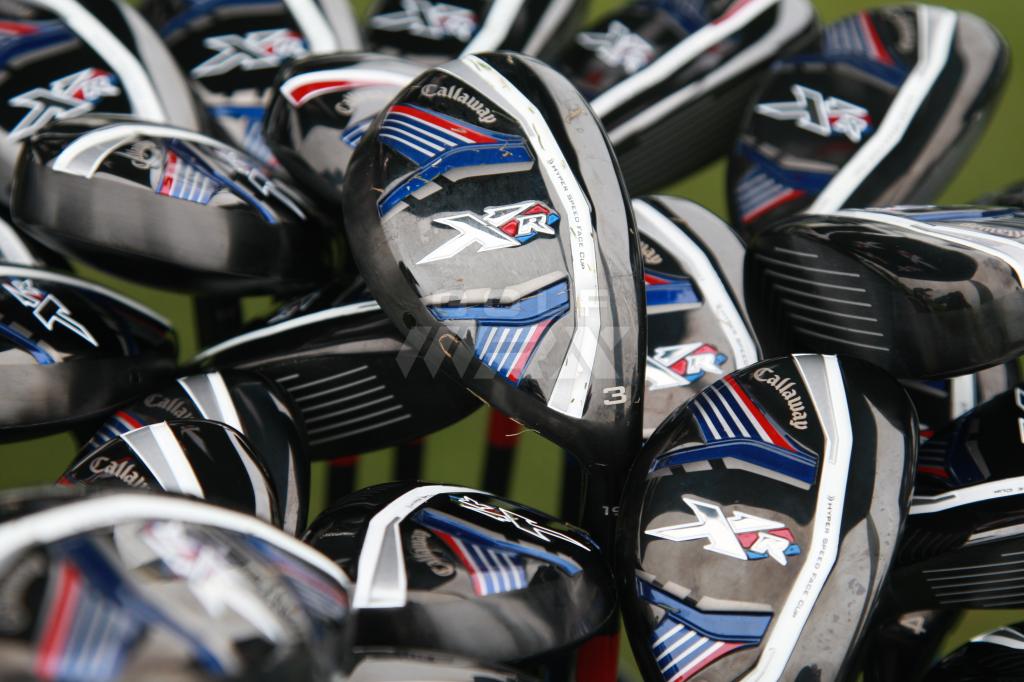
Pros: The hottest hybrids in golf. The XR and XR Pro are also exceptionally well-rounded, with pleasing looks, feel and performance from the tee, fairway and rough.
Cons: Not adjustable.
Who are they for? Golfers who desire a more iron-like hybrid will likely prefer the XR Pro, whereas those seeking a slightly larger, more forgiving club that plays more like a fairway wood will find the standard XR a better fit.
The Review
Copy and paste. By that I mean, copy the review for the XR and XR Pro fairway woods and paste it right here. Everything I loved about the XR fairway woods applies to the hybrids, and the criticisms are nearly identical as well. Essentially, these clubs are long, forgiving and visually appealing. The only knock? No adjustability.
Sometimes an equipment manufacturer will redesign a product in hopes of invigorating sales. Sometimes the redesign provides tangible benefits for the player. With the XR and XR Pro hybrids, Callaway has done both.
A redesigned internal standing wave, which boosts MOI, a measure of ball speed retention on mishits, offers golfers more distance regardless of where they hit shots on the face. Couple that with a center of gravity that is as low as Callaway has ever engineered in a hybrid (for a higher launch and less spin), and you have one bad mama jama.
Generally, golfers who opt for a hybrid do so for one of two reasons. They either want a club that performs a lot like a long iron, but is more forgiving… or they want a club that launches high like a fairway wood, but offers more control. Either way, the XR series has you covered. In both on-course and launch monitor testing, both hybrids launched higher than previous models. So if you prefer to see a flatter ball flight, going down in loft or pairing the head with a lower-trajectory shaft will help.
I’ve never hit a hybrid so high while still maintaining an ideal trajectory. Don’t be shocked if you demo either club and find that it launches higher and carries farther than what’s currently in your bag — especially if you currently carry a long iron or driving iron.
With these hybrids, the sweet spot is gone. It’s more like the sweet zone. As long as you can make semi-solid contact, the results are acceptable. If you’re an above average ball striker, you’ll likely find your misses to be decidedly more consistent.
In testing, both clubs excelled as secondary options off the tee, and more than held their own from the ground — even in light and deep rough. That said, where both clubs differentiated themselves for me was on long approach shots or second shots into a par 5. Being able to hit a club high enough (and far enough) to hold a green from 220+ is something the XR series does better than any other hybrid I’ve tested.
A note for better players: The smaller profile of the XR Pro is not indicative of its forgiveness. In fact, I found it to be pleasantly forgiving — much more so than other hybrids with similar shape and playing attributes. Ultimately, if you select the XR over the XR Pro it will be because the XR gave you better trajectory and distance numbers, not because one model was significantly more forgiving than the other. In fact, both models exhibit the holy grail of exceptional distance, hardy forgiveness and precise workability. It’s why no hybrid did better than the XR in GolfWRX’s 2015 Gear Trials: Best Hybrids List.
The XR and XR Pro hybrids come in a variety of lofts. The XR Pro is offered in lofts of 16, 18, 20 and 23 degrees, whereas the XR is available in lofts of 19, 22, 25 and 28 degrees. Stock length on the 20-degree XR Pro is 40 inches, whereas stock length on the 19-degree XR is 40.5 inches. If you do get fitted and ultimately select one of these models, be sure to discuss length, as the iron you’re replacing is likely at least 0.5-inches shorter.
For people who might only look at the number associated with the club (i.e. 3H = 19 degrees), caveat emptor. In testing, the 3 hybrid had carry distances closer to a 5 wood than a 3 iron. As such, if you’re looking to replace a specific iron, I’d suggest starting at a number one higher than the iron you’re looking to replace. Specifically, if you’re dropping a 3 iron, start by testing the 4 hybrid. In addition, I found the 19-degree XR hybrid to launch nearly identically to the 20-degree XR Pro, albeit with less spin. I can’t help but think that was intentional on the part of the Callaway engineers.
Again, I’d like to see both models with the same array of shafts, as some might look at the stock shaft in the XR and presume the club is geared toward slower-swinging or less demanding players. This simply isn’t true.
The Numbers
Head: Callaway XR (19 degrees)
Shaft: Project X LZ (Stiff)
- Average Ball Speed: 145 mph
- Average Backspin: 5400 rpm
- Average Launch Angle 22 degrees
- Average Carry Distance (at 5000 feet): 237 yards
- Estimated Carry Distance at Sea Level: 214 yards
Head: Callaway XR Pro (20 degrees)
Shaft: Project X LZ Pro 6.0 (Stock)
- Average Ball Speed: 145
- Average Backspin: 5100 RPM
- Average Launch Angle 21.5 degrees
- Average Carry Distance (at 5000 feet): 239 yards
- Estimated Carry Distance at Sea Level: 215 yards
Gamer Head: Callaway Alpha 815 (20 degrees)
Gamer Shaft: Veylix Rome 988 (Stiff)
- Average Ball Speed 143.8 MPH
- Average Backspin 4975 RPM
- Average Launch Angle 19 degrees
- Average Carry Distance (at 5000 feet): 238 yards
- Estimated Carry Distance at Sea Level: 215 yards
The Takeaway
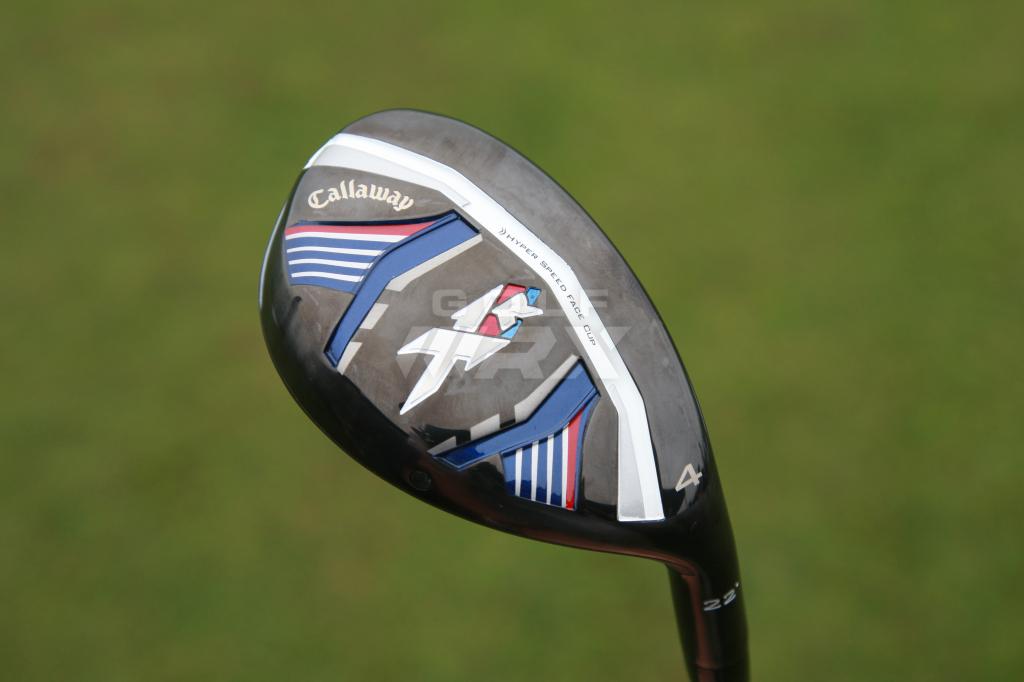
Callaway’s XR Hybrids received top ratings for distance and forgiveness on GolfWRX’s 2015 Gear Trials: Best Hybrids List.
The XR and XR Pro hybrids from Callaway, with apologies to Tina Turner, are “simply the best” — at least for me. The lone shortcoming is a lack of adjustability, and depending on where you fall on this topic that may not be a significant weakness.
In describing the XR series, one quickly runs short of superlatives. Selecting either model as an upgrade to what’s currently in your bag is akin to throwing a rock into the ocean and hoping it gets wet. It’s nearly a can’t-miss proposition.
Related
- Our review of Callaway’s XR and XR Pro drivers
- Our review of Callaway’s XR and XR Pro fairway woods
- Our review of Callaway’s Big Bertha Alpha 815 fairway woods and hybrids
- LIKE151
- LEGIT25
- WOW8
- LOL5
- IDHT4
- FLOP6
- OB3
- SHANK11
Hybrid Reviews
2015 Gear Trials: Best Hybrids
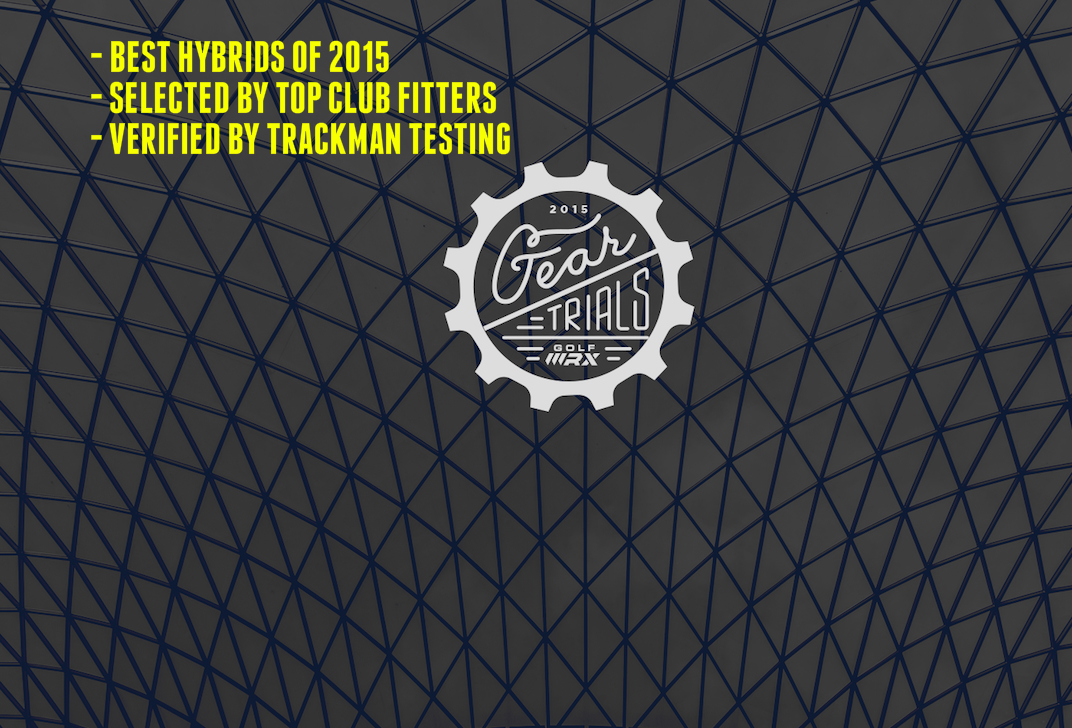
Following the trend of new drivers and fairway woods, hybrid clubs have become much lower spinning than their predecessors in recent years. It’s a change that has widened their target audience from golfers looking to replace their long irons with clubs that fly higher and stop quicker on the greens, to… just about any golfer.
How do you know if you should consider a new hybrid? If you’ve ever wished that your current long irons or hybrids carried farther, that’s a pretty good indication that an updated model could be good for your game.
Our 2015 Gear Trials: Best Hybrids are plenty long, but they’re also very forgiving. So even if you’re not interested in hitting your clubs farther, you could still find more consistency from one of the six models below.
The Winners
The clubs and subsequent ratings were selected by our Gear Trials Panel, six of the top-rated custom golf clubs fitters in the world. Our 2015 Gear Trials Panel includes:
- Carl’s Golfland (Michigan)
- Cool Clubs (15 locations in 4 countries)
- Haggin Oaks (California)
- Miles of Golf (Michigan, Ohio)
- Modern Golf (Canada)
- True Spec Golf (Bahamas/Miami/NYC)
Learn more about our Gear Trials: Best Clubs Lists
The Ratings
While reviewing each of the 2015 Best Hybrids below, remember the purpose of the clubs. They bridge the gap between a golfer’s shortest fairway wood and the longest iron they can hit consistently. Some golfers can make that transition without a hybrid, while others may need several hybrids.
The best way to learn if a hybrid is good for you, or how many hybrids you might need, is to go through a professional fitting — but if that’s not an option for you, you can use our rating to your advantage. The hybrids that scored highest in our Distance Ratings tend to work best for golfers looking to shed spin, while the clubs that score high in our Forgiveness Ratings tend to be more consistent on mishits.
Along with our six winners, we’ve also listed three lower-spinning alternatives: Callaway’s XR Pro, TaylorMade’s AeroBurner TP and Titleist’s 915Hd. These clubs will work best for a smaller percentage of golfers than our six best hybrids, but they’re fueled by the same technologies as our winners.
Note: The list below is in alphabetical order.
Callaway Big Bertha
- Headsize: 126cc (3 hybrid)
- Adjustable Hosel: Yes, 3-degree range
- Price: $249.99
You might be surprised to see Callaway’s Big Bertha hybrids, which were released alongside the company’s Big Bertha irons in the Fall of 2014, make our list. If so, you probably haven’t hit them.
[quote_box_center]”The Big Bertha is hard to miss,” said one of our Gear Trials Panelists. [/quote_box_center]
The reason to play a Big Bertha hybrid over the higher-rated XR hybrids are:
- Their larger size, which makes them appear more fairway wood-like than any other hybrid on this list.
- They’re adjustable, which allows golfers to dial in the exact loft and lie angle they need to get the most out of the clubs.
Like the XR hybrids, the Big Bertha hybrids use Callaway’s Hyper Speed Face cups to boost their ball speeds and forgiveness. They’re slightly higher-spinning than the XR, however, which will work very well for their target audience of slower swing speed golfers. But higher swing speed players shouldn’t count them out — particularly the 3 hybrid when adjusted to 18 degrees.
The Big Bertha hybrids are offered in lofts of 19, 22, 25, 28 and 32 degrees.
[wrx_buy_now oemlink=”http://www.callawaygolf.com/golf-clubs/hybrids-2015-big-bertha.html” oemtext=”Buy it from Callaway” amazonlink=”http://www.amazon.com/gp/product/B00NURXJHG/ref=as_li_qf_sp_asin_il_tl?ie=UTF8&camp=1789&creative=9325&creativeASIN=B00NURXJHG&linkCode=as2&tag=golfwrxcom-20&linkId=AJVRSOTPPURINDGU”]
Callaway XR
- Headsize: 122cc (3 hybrid)
- Adjustable Hosel: No
- Price: $219.99
Callaway’s XR is likely the longest hybrid on this list, receiving the highest possible rating of 10 in distance, and thanks to Callaway’s slick engineering, it also ties for first in forgiveness (9.5) with Ping’s G30 hybrid.
[quote_box_center]”This should be the first hybrid you test,” said one of our Gear Trials Panelists. [/quote_box_center]
Like Callaway’s XR fairway woods, the XR hybrids set themselves apart from the competition with a mid-sized club head that offers a high launch, relatively low spin and more forgiveness than its predecessors. They’re offered in lofts of 19, 22, 25 and 28 degrees.
Our lone request for 2016: Can you make future models adjustable, Callaway?
Want a more iron-like hybrid? Callaway’s XR Pro hybrids ($229.99) measure a slim 98cc at 20 degrees, and offer a lower-spinning trajectory that many better players prefer from their hybrids. They’re offered in lofts of 16, 18, 20 and 23 degrees, but we recommend the 20- and 23-degree models in particular as 3- and 4-iron replacements. We wouldn’t be surprised if you carried them as far, if not farther, than your older, lower-lofted hybrids
- Our review of Callaway’s XR and XR Pro hybrids.
- Learn more about Callaway’s XR Drivers, Fairway Woods and Hybrids.
[wrx_buy_now oemlink=”http://www.callawaygolf.com/golf-clubs/hybrids-2015-xr.html” oemtext=”Buy it from Callaway” amazonlink=”http://www.amazon.com/gp/product/B00QRJBY44/ref=as_li_qf_sp_asin_il_tl?ie=UTF8&camp=1789&creative=9325&creativeASIN=B00QRJBY44&linkCode=as2&tag=golfwrxcom-20&linkId=TWFKUSUCISU34PQ7″]
Cobra Fly-Z
- Headsize: 105cc (3-4 hybrid)
- Adjustable Hosel: Yes, 4-degree range
- Price: $199.99
Cobra’s Fly-Z hybrid is sized like a better-player hybrid, but packs the forgiveness we’d expect from a larger model. That’s thanks to its rearward center of gravity (CG), which boosts consistency.
[quote_box_center]”Fly-Z, like [Cobra’s] Bio Cell last year, will still perform for the average player,” said one of our Gear Trials Panelists. [/quote_box_center]
If you’re a high-spin player, however, the Fly-Z might not be for you. It’s one of the highest-spinning models on this list, which is the reason for its relatively low Distance Rating (8).
Like the Fly-Z fairway woods, the strength of the Fly-Z hybrids is their versatility. They’re offered in three models: a 2-3 hybrid that adjusts from 16-19 degrees, a 3-4 hybrid that adjusts from 19-22 degrees and a 4-5 hybrid that adjusts from 22-25 degrees. Its wide-ranging adjustability is a great tool to have if you need to fill a specific yardage gap in your bag.
[wrx_buy_now oemlink=”http://www.cobragolf.com/fly-z-hybrid” oemtext=”Buy it from Cobra” amazonlink=”http://www.amazon.com/gp/product/B00R4ADF3S/ref=as_li_qf_sp_asin_il_tl?ie=UTF8&camp=1789&creative=9325&creativeASIN=B00R4ADF3S&linkCode=as2&tag=golfwrxcom-20&linkId=E2QEQHVEQB22TUEP”]
Ping G30
- Headsize: 110cc
- Adjustable Hosel: No
- Price: $229.99
[quote_box_center]”G30 gets the ball up in the air easy, and is on par with the G25 with slightly more ease to height,” said one of our Gear Trials Panelists.”[/quote_box_center]
The G30 hybrids use a new heat-treated 17-4 stainless steel face that boosts their characteristic time (CT), a measure of spring-like effect, 20 points higher than the G25 hybrids. They’re still not as long as other hybrids on this list, but they offer a noticeable improvement in ball speed over past G-Series hybrids, and with their similar trajectory that means they’ll likely carry a few yards farther for most golfers.
There’s no turbulators on the G30 hybrids, due to their smaller, more aerodynamic size, but the shape of the hybrids was tweaked from the G25 to include a flatter top rail and a higher heel section that gives them a more square appearance at address. We like the look, and see it as a change that will be enjoyed by the majority of golfers.
We wish the G30 hybrids were adjustable, but they are offered in five lofts: 17, 19, 22, 26 and 30 degrees. The higher-lofted models, because of the G30’s higher-spinning nature, are great for golfers looking for more stopping power on the greens, while the 17-degree model will be enjoyed by better players seeking a replacement for a pesky driving iron or a troublesome 4 or 5 wood.
TaylorMade AeroBurner
- Headsize: 112cc (19 degrees)
- Adjustable Hosel: No
- Price: $229.99
What the AeroBurner lacks in forgiveness, it makes up for in horsepower. Golfers may or may not be able to hit it as far as Callaway’s XR, but the AeroBurner offers a unique shape that’s intriguing for those who haven’t found much success with traditional hybrid shapes. It’s also one of the highest-launching, if not the highest-launching hybrid on this list.
The calling card of the AeroBurner, however, is speed — from its Aerodynamic crown shape and its lighter weight, which will convert to more swing speed and more distance for some golfers. The AeroBurner hybrids are not adjustable, but they are available in lofts of 19, 22, 25 and 28 degrees.
Need more fade bias? TaylorMade’s AeroBurner TP hybrids ($269.99) offer golfers a more traditionally weighted hybrid. They’re the same size as the standard versions, but come with heavier heads and shafts that tend to give better players more control over trajectory. They also have a 2-degree flatter lie angle and a 1-degree more upright face angle that will please golfers who have struggled with the hybrid hooks in the past. They’re available in lofts of 19 and 22 degrees.
[wrx_buy_now oemlink=”http://taylormadegolf.com/AeroBurner-Rescue/DW-WZ206.html” oemtext=”Buy it from TaylorMade” amazonlink=”http://www.amazon.com/gp/product/B00QLVP7JG/ref=as_li_qf_sp_asin_il_tl?ie=UTF8&camp=1789&creative=9325&creativeASIN=B00QLVP7JG&linkCode=as2&tag=golfwrxcom-20&linkId=O5BLTFF3VXFAZFYA”]
Titleist 915H
- Headsize: 118cc
- Adjustable Hosel: Yes, 2.25-degree range
- Price: $249.99
Looks aren’t a factor in our Best Hybrids list ratings, but if they were, Titleist’s 915H would likely be the winner.
The 915H’s pear-shaped head is large enough to inspire confidence, but not too large as to limit versatility. While the 915H is not the longest hybrid on this list, or the most forgiving, it’s great in both areas, and offers noticeably more ball speed than previous hybrids from Titleist thanks to the company’s new Active Recoil Channel — a deep slot that extends across the entirety of the club face. For that reason, we recommend trying a higher-lofted version of your current hybrid, if you carry one.
Titleist’s 915H is fully adjustable, and is available in lofts of 18, 21, 24 and 27 degrees. It comes stock with the best selection of stock shafts on this list: four “real deal” models from Aldila and Mitsubishi Rayon that are available in a wide range of weights, bend points and flexes.
Need less spin? Titleist’s 915Hd ($249.99) offers the same technology as the 915H hybrids, and is roughly 100-200 rpm lower spinning. It also has a slightly smaller club head (107cc) that many better players will prefer. The 915Hd hybrids are offered in lofts of 17.5, 20.5 and 23.5 degrees. We recommend the 20.5-degree model as a 3-iron replacement for better players looking for more carry distance and consistency.
Related
- 2015 Gear Trials: Best Drivers
- 2015 Gear Trials: Best Fairway Woods
- 2015 Gear Trials: Best Game-Improvement Irons
- 2015 Gear Trials: Best Players Irons
- LIKE137
- LEGIT22
- WOW4
- LOL6
- IDHT5
- FLOP5
- OB3
- SHANK29
-

 19th Hole1 week ago
19th Hole1 week agoDave Portnoy places monstrous outright bet for the 2024 Masters
-

 19th Hole2 weeks ago
19th Hole2 weeks agoThings got heated at the Houston Open between Tony Finau and Alejandro Tosti. Here’s why
-

 19th Hole1 week ago
19th Hole1 week agoTiger Woods arrives at 2024 Masters equipped with a putter that may surprise you
-

 19th Hole2 weeks ago
19th Hole2 weeks agoReport: Tiger Woods has ‘eliminated sex’ in preparation for the 2024 Masters
-

 19th Hole3 days ago
19th Hole3 days agoTwo star names reportedly blanked Jon Rahm all week at the Masters
-

 19th Hole3 days ago
19th Hole3 days agoNeal Shipley presser ends in awkward fashion after reporter claims Tiger handed him note on 8th fairway
-

 19th Hole2 weeks ago
19th Hole2 weeks agoAddiction, spinal fusion, and scam artists – Everything Anthony Kim revealed in candid interview with David Feherty
-

 19th Hole2 weeks ago
19th Hole2 weeks agoAnthony Kim says doctors told him that he ‘may not have much time left’ ahead of LIV return

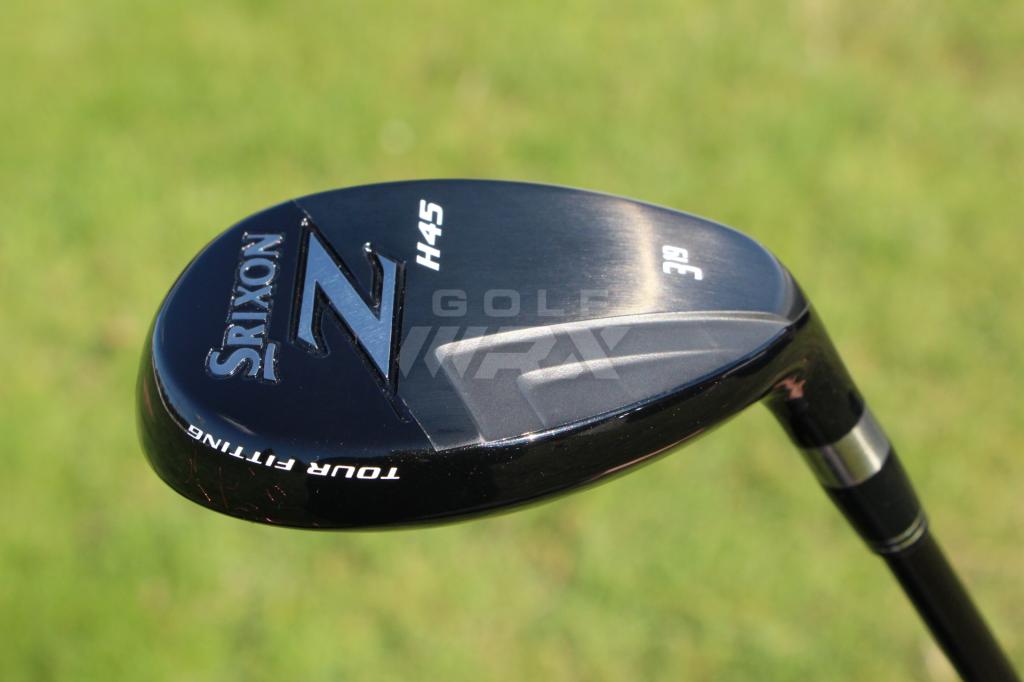
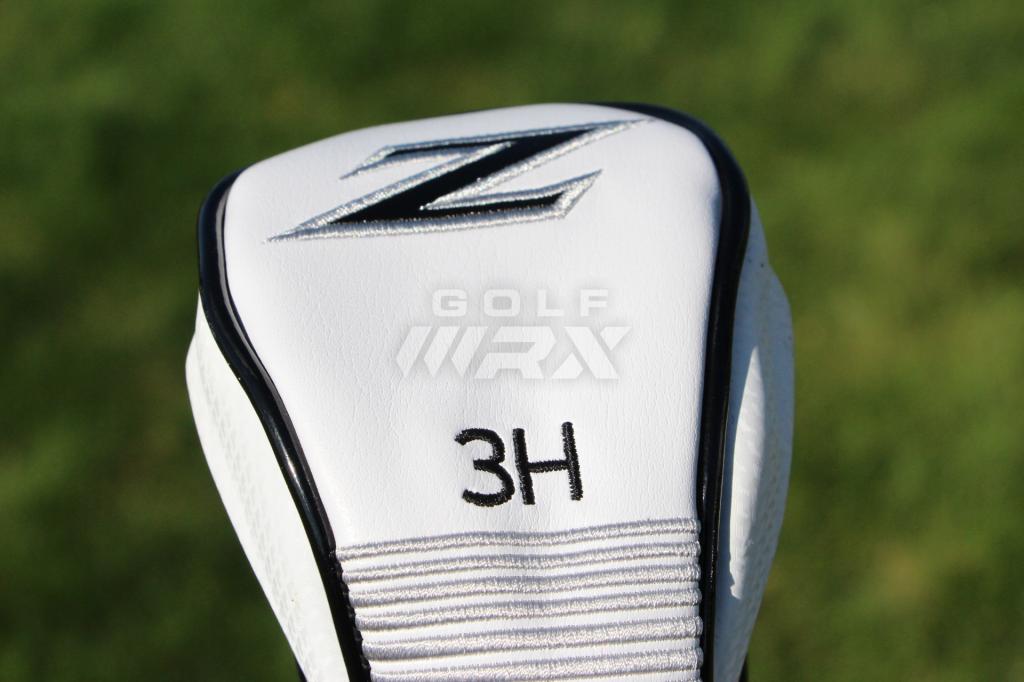
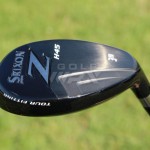
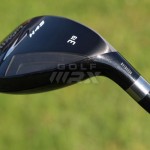
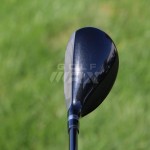
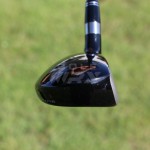
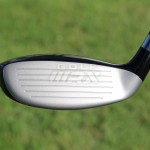
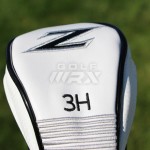
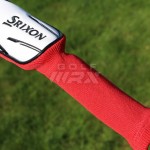
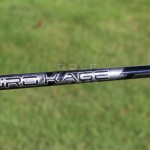
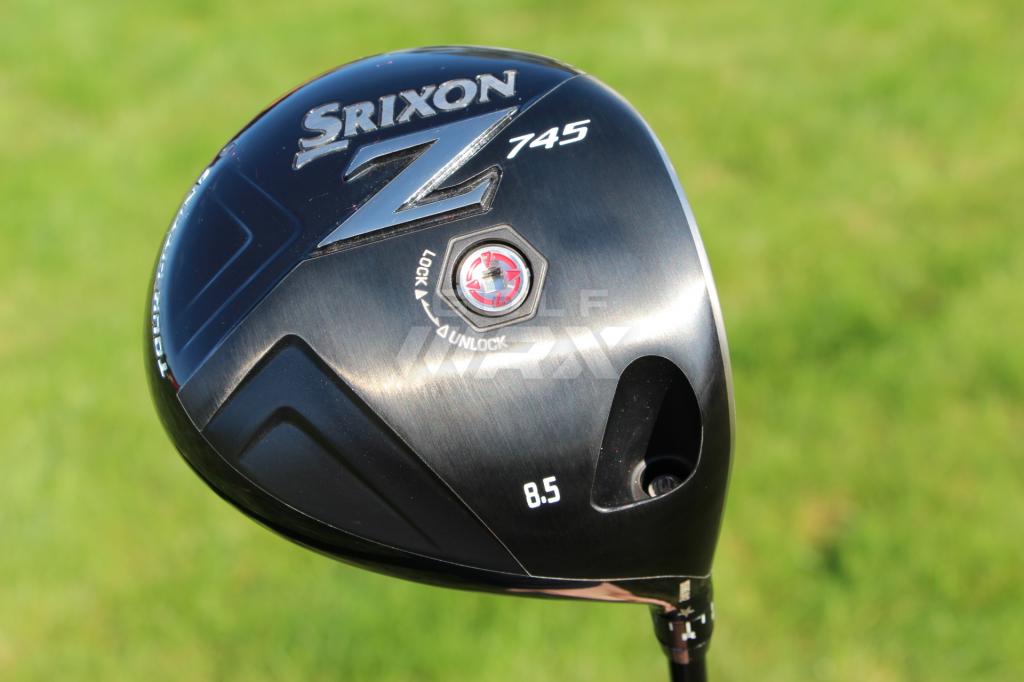




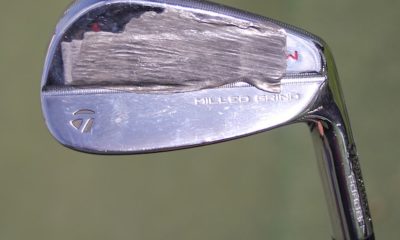

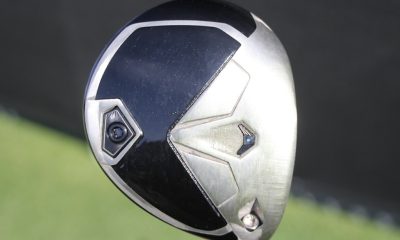

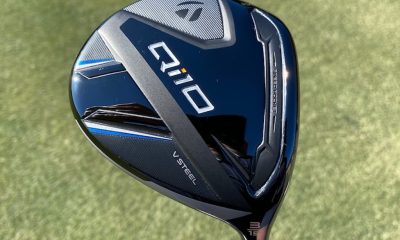

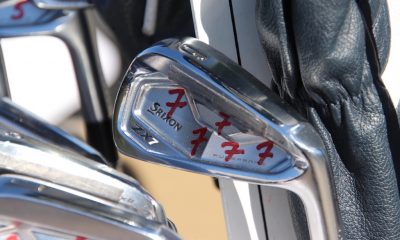

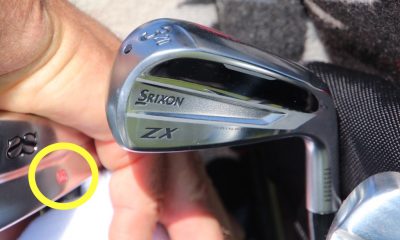

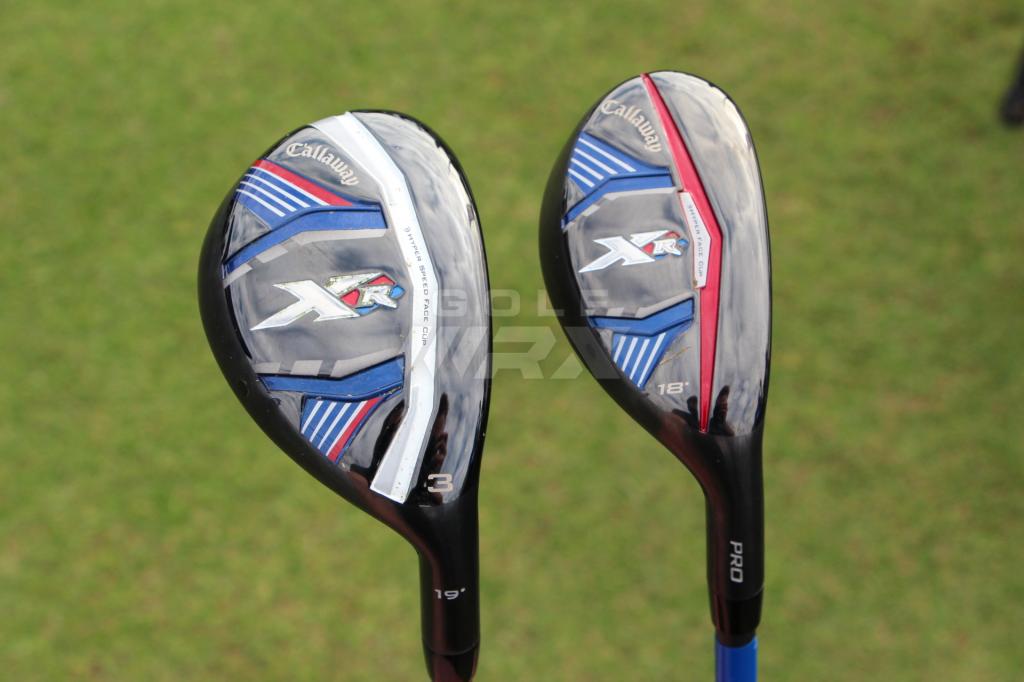
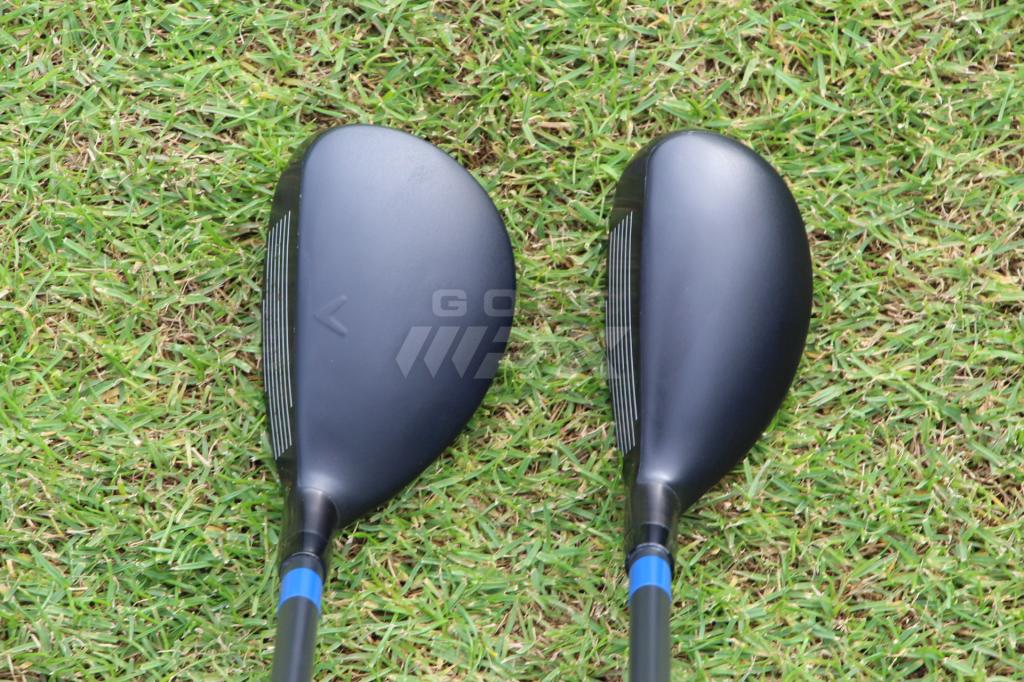
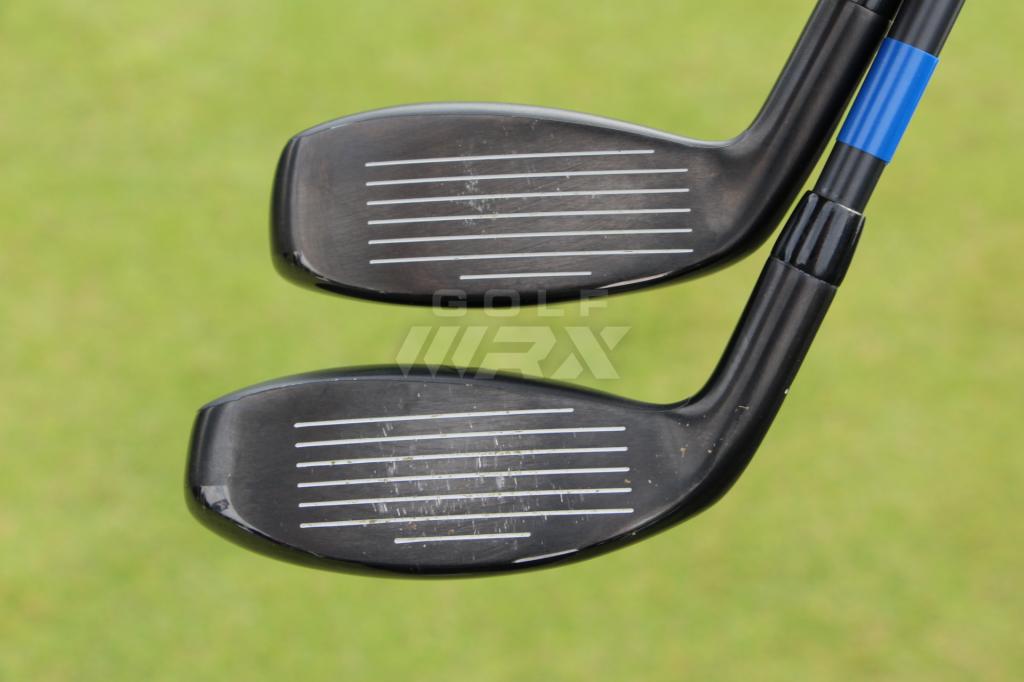
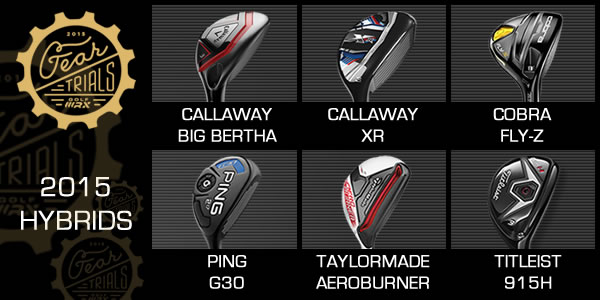
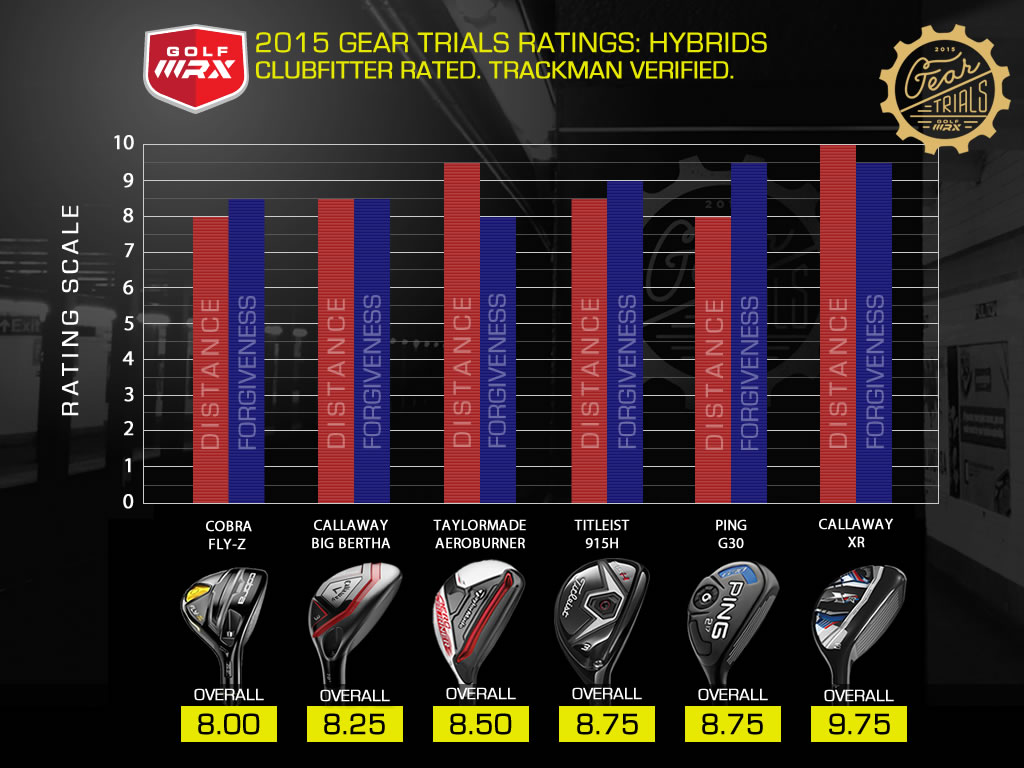
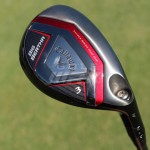
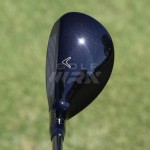
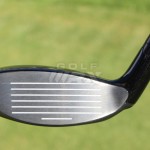
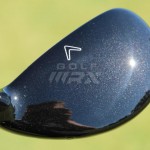

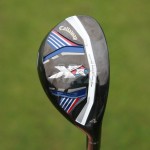
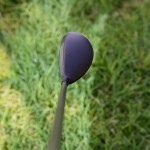
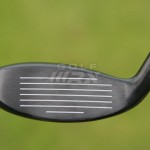
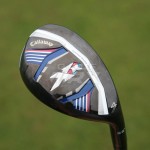

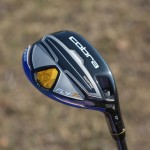
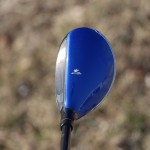
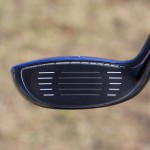
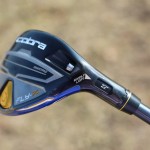
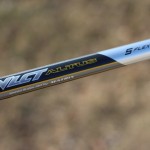
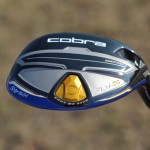

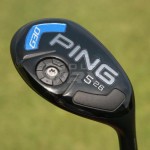
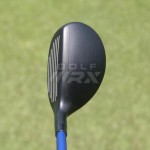
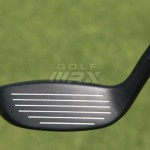

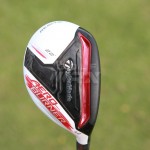
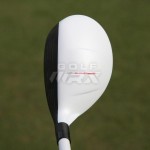
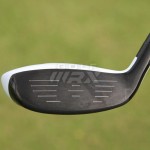
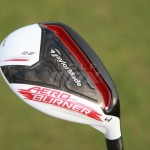

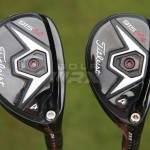
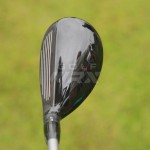
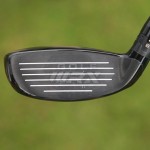
















Billy__Baroo
Mar 22, 2015 at 1:36 am
Hit this one the other day, and it’s right on par with the 915 as far as feel and distance. 915 does get the upper hand though with adjustability and stock shaft options.
Ballen
Mar 12, 2015 at 11:32 am
I hit the new hybrids and was pleasantly surprised. They went dead straight without the fear of hooking them. The driving iron was a keeper also.
snowman
Mar 9, 2015 at 12:38 am
Are these Draw Biased or Neutral-weighted? Many Hybrids ar dew biased and I hat that…..
snowman
Mar 9, 2015 at 12:58 am
intended to comment “Many are Draw-Biased…”
Chris
Mar 9, 2015 at 10:05 am
Like you, I tend to shy away from hybrids which have draw bias – For me, these were very neutral and I could work the ball both ways without feeling like I was always guarding against a hook…hope that helps!
Will
Mar 7, 2015 at 10:25 pm
I’m a staff with srixion and I can assure you that these clubs are the best on market and. It because I’m staff with them either, I switched from Taylormade and titelsit to srixion. Play the 745 and my hybrid is the 2hy with Kuro kage x70gram
asahi
Mar 7, 2015 at 8:52 am
I am also using the SRIXON, but a really good job.
If HC is 10 or less, you think like the certainty.
I try to use all means?
WolfWRX
Mar 7, 2015 at 7:05 am
Nice review, thanks. This isn’t the first excellent review of these hybrids I’ve read. I’ve narrowed down my options to these or the 915’s. The only weak area for the Srixons, and where they lose out to the Titleist’s is stock and custom shaft options. Still, it’s going to be fun deciding between the two!
Chris Nickel
Mar 7, 2015 at 4:01 pm
Thanks for reading the review! If you have it narrowed down to the 915 and the Srixon, you’re not going to make a bad decision!
BeerMe
Mar 6, 2015 at 5:36 pm
Probably the best hybrid on the market. Srixon, you’re killing it.
Curt
Mar 7, 2015 at 11:48 am
I have to agree, Srixon is “killing it.”
Chris Nickel
Mar 7, 2015 at 1:09 pm
Certainly an exceptionally solid club which many are going to overlook!